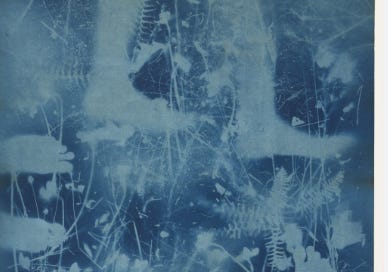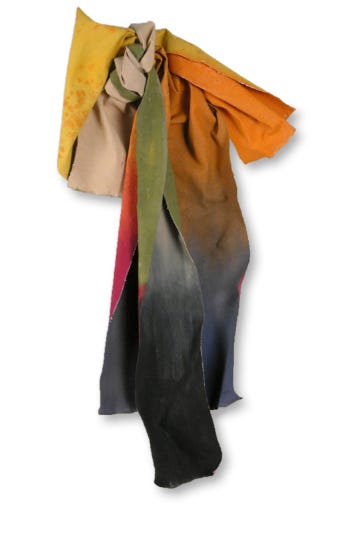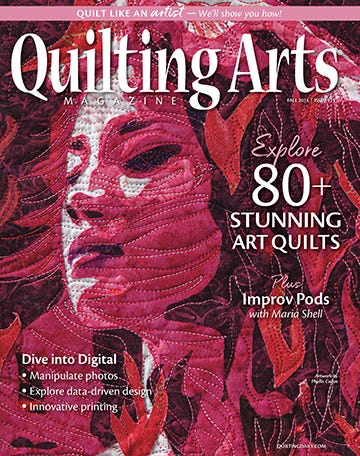I was watching a YouTube video about artists' lofts produced by Joshua Charow. He is a photographer who is documenting the last few artists protected by New York City’s 1982 loft law.
Article 7-B Joint Living-Work Quarters for Artists, or General Residential Occupancy of Loft, Commercial or Manufacturing Buildings
……..housing shortage most severely affecting moderate and middle income families, and of accommodating joint living-work quarters for artists by making readily available space which is physically and economically suitable for use by persons regularly engaged in the arts.
The series is a fascinating look into a world where there was a period of time when creative communities of artists were helped by regulation. Sadly these lofts have disappeared but for a few aging tenants, many who made a major impact in contemporary art. The episode that struck me was with Susan Weil.
Susan is an artist who was featured in a three-page article in Life magazine titled "Speaking of Pictures". She appeared in 1951 with her then husband, Robert Rauschenberg. The couple were making cyanotypes. It was a technique she taught Rauschenberg while they were both attending the Black Mountain School for the Arts. They had a son in 1951 and were divorced by 1953.
Although I had certainly heard of Robert Rauschenburg, I did not know the work of Susan Weil. She received both a Guggenheim Fellowship and an award from the National Endowment for the Arts. She continued to work at the cutting edge of contemporary art. Weil was part of the first group of artists in residence at Institute for Art and Urban Resources (MoMA PS1) and was included in the premier exhibition, Rooms. In 2015 her work was included in the Venice Biennale. Metropolitan Museum of Art, Museum of Modern Art, the Victoria and Albert Museum, and the Getty Museum have her work in their collections.
Over her career as an artist she has allowed herself to work in a wide variety of ways. Her body of work includes paintings, mixed media, papermaking, poetry, and artist books. For eleven years she kept a notebook of drawings inspired by James Joyce which would become an exhibition called “Ear's Eye for James Joyce” at the Sundaram Tagore gallery in New York in 2003. The more I read about her and search for her work, the more interested I become.
It seems that despite the same education, location, ability, and connections; Weil didn’t get the status of Rauschenberg. Her downloadable CV shows her consistent drive to create. Her work is held in collections of 46 institutions. When I checked a reference in a 1995 textbook called “Art Since 1940” published by Prentice Hall she was not listed. I found an inch and a half of information on Rauschenberg but nothing on her.
My question is “How does he get away with it?”
Robert Rauschenburg won the prestigious prize for painting at the 1964 Venice Biennale, fifty years before Weil’s work was included in possibly the most important exhibition in the art world. When I look at the scope of her work, I see that she was exploring the same visual ideas and often working, as Rauschenburg did; with materials and processes outside of the established museum culture. The MOMA purchased several of his “combines” but that culture which opened its doors to Robert has yet to fully acknowledge the women, like Susan who were ignored.
A classic example of the combine is “Bed” made in 1955. The work used a quilt, sheets, and pillow as a substrate for abstract expressionist painting. The piece is in the permanent collection of the Museum of Modern Art. You can find a variety of recordings about the meaning and importance of “Bed” including in the artist's own words.
He says “I had nothing to paint on. It was summer and hot, so I didn’t need a quilt.”
The curator’s interpretation ignores the artist's explanation and layers deeper meanings over the work, including this line “Art can be about our animal selves.” Other critics including this one from WikiArt further into the intellectual abyss
“He applied the paint in a loose, dripped, gestural fashion that calls to mind the authorial marks of Jackson Pollock and Willem de Kooning. However, the brushstroke in the combine was no longer a mark indicative of the artist's psyche, but an appropriated symbol designating a shift towards the external world within the avant-garde. The found objects present more of an accurate portrait of Rauschenberg than the dripped paint, as they were items that he owned and used in his daily life, rather than an aesthetic sign borrowed from a previous generation.”
While Weil remained a working artist while raising children (she had a daughter with her second husband), devoting herself to intellectual deeply thought out work, Rauschenburg was riding the wave of art stardom describing his art in a dismissive way.
Lucky for him that only increased his cachet. My theory of how he got away with it is that the art world was and to some degree still is, a club for male bravado. What drove him was the need to be the star as much as the art itself, unlike Susan who endured and sustained herself in the act of creating without the limelight.
Watching the video that inspired this post and hearing this woman in her mid nineties still intellectually vibrant was a powerful reminder to me of the power of grace and perseverance.
This week I feel particularly lucky to have by chance found a woman who gave me just the push I needed in this moment. After 10 years of working in my studio I realize that those years of creating are the reward, even though I feel at times that I am not getting anywhere. At 65 (30 years younger than Susan Weil) I still have at least a couple of decades to dedicate to creating.
I store my completed work in a closet on pants hangers. This makes it easy to see, count, and arrange work. Below is storage for sketchbooks, smaller work, and photographs.
In the last months I have been spending time sorting through completed work looking for groups of pieces to put together in a proposal for exhibition. I am taking some pieces work to a co-op gallery to sell at bargain prices and cutting up ones that can work in a different format. Writing in another creative activity that I engage in daily in a journal, weekly here on substack, and in the recent issue of Quilting Arts.
For the most part I am trying to see the future in the studio as a gift to myself even if no one pays attention, because in the end; I too sustain myself through creativity.
Until Next Time
Margaret












I loved this read. I have Joshua Charow's book as a result of his IG posts but somehow missed that there were videos. THANK YOU!!! I was a big fan of Rauschenburg back in the 70s/80s, mainly because he was doing transfers, and I just had to find out how. You know how scarce info was before the internet. Many more thanks for drawing attention to Susan Weil. I did not know of her, and she is my hero now. And wouldn't you know...I just got my copy of Quilting Arts today. So timely. Off to watch the Claire Ferguson video now.
Thanks Lesley.